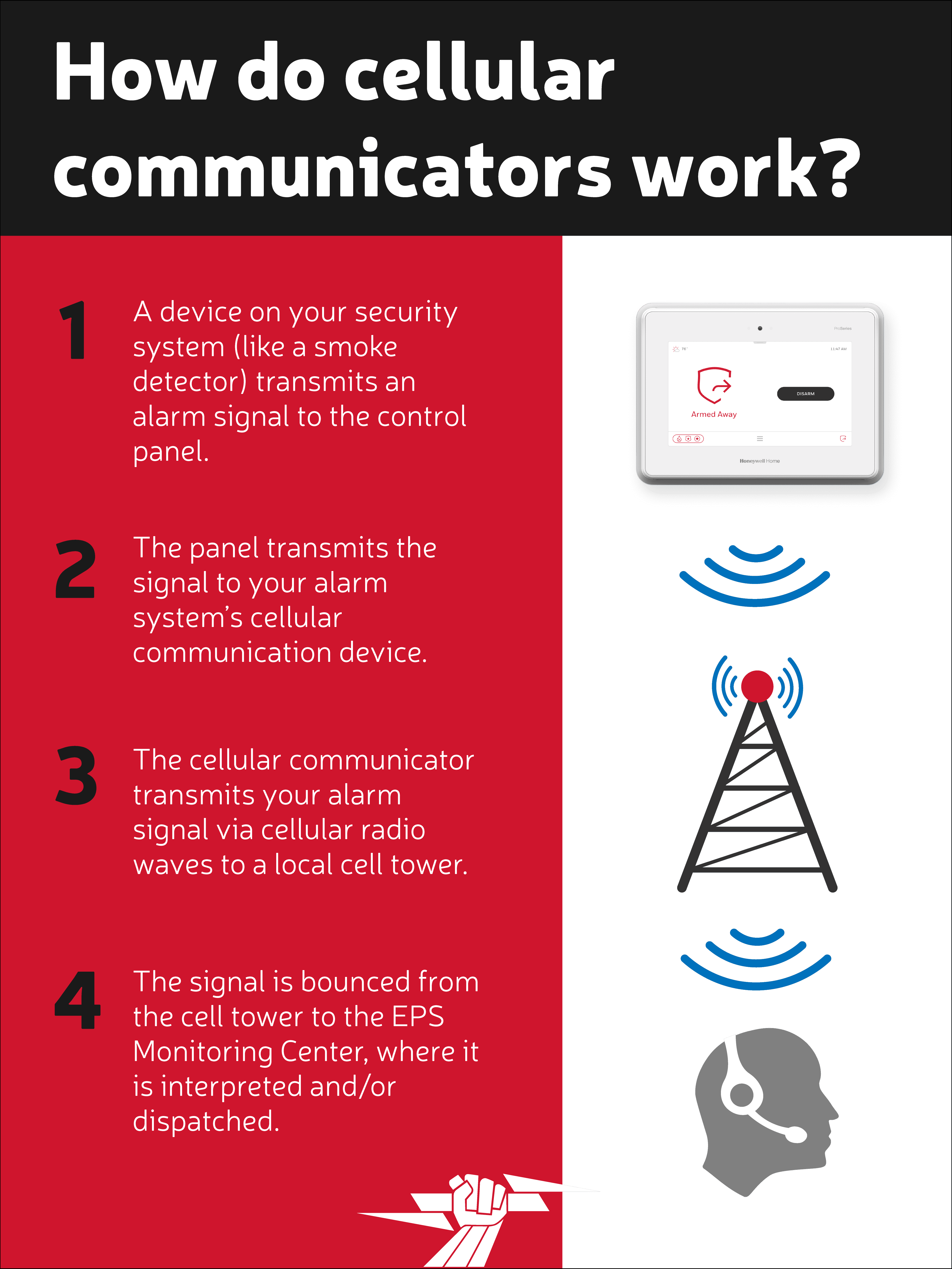
Even with the growing proliferation of smart phones, most businesses still require some sort of conventional phone system in place for day-to-day operations and customer contact. However, even “traditional” phone systems are undergoing major changes. Major phone companies are beginning to phase out “conventional” landlines–with their eyes set on 2020–as they transition to the next generation of telephony. Alarm systems have been using landlines for generations to communicate, so how can they communicate moving forward?
Copper lines–relics of decades past
POTS stands for “Plain Old Telephone” Service. It refers to the same basic method of communication—twisted copper wire stretched through cable across great distances–that has been in use since the inception of public telephone use in the late 1800s. It’s what most people think of when they think of a physical “phone line.”
Alarm systems have utilized POTS lines for decades. They offer a relatively direct connection for a signal to pass between an alarm panel and a dedicated monitoring center. While they are reliable, they are not without their detriments. If a physical line is severed, either by accident or with malicious intent, the monitoring center would not be able to receive an alarm. Also, POTS lines in general can cost more money than the newer alternative.
POTS lines have fallen out of favor with phone companies of late, with the outmoded technology becoming harder and more expensive to maintain. Instead, phone companies have embraced a newer option: VOIP.
The onset of VOIP
VOIP (often pronounced as “voyp”) stands for “voice over IP.” Instead of using copper wiring to transmit signals, it sends data through the Internet in small pieces, or “packets.” VOIP is a generally cheaper option—as much as 60% less expensive than a traditional POTS line—because it can use the existing Internet connection to support communication. It also doesn’t carry the same long-distance costs as a conventional phone line since it eliminates the need to hold circuits open over great physical spans. While call quality was shaky in its infancy, many companies can reach higher quality on VOIP lines than they ever could on POTS.
From an alarm system standpoint, however, VOIP lines are problematic. Because it sends information over in so-called “data packets” instead of a continuous stream, the alarm information being sent from a panel to a monitoring center can arrive out-of-order—that is, completely garbled. When it comes to life safety systems, accuracy is imperative for prompt and appropriate response, and the embrace of VOIP has forced security companies to find a better solution.
Cellular communication in a VOIP world

An cellular communicator is a device that bypasses phone lines altogether, instead transmitting the alarm signals from a security panel via cellular communication to a local cell tower. The tower sends the signal to the appropriate monitoring center, who can then act on said signals accordingly. Additionally, many cellular communication models can also be programmed to report through the Internet, adding a second possible communication method and another layer of protection. EPS Security utilizes the Resideo Alarmnet communication platform for all of its alarm customers. Alarmnet allows EPS to monitor connection strength, test system devices and install new
systems seamlessly. It’s your security system’s personal cell phone!
Phone companies have already started the conversion to VOIP lines, but most security companies have already begun installing cellular communication devices in both homes and business alarm systems. There are even fire-rated communication devices for use in commercial fire systems. With POTS lines on the way out, cellular has been embraced by the security industry as the communication technology of the future.

